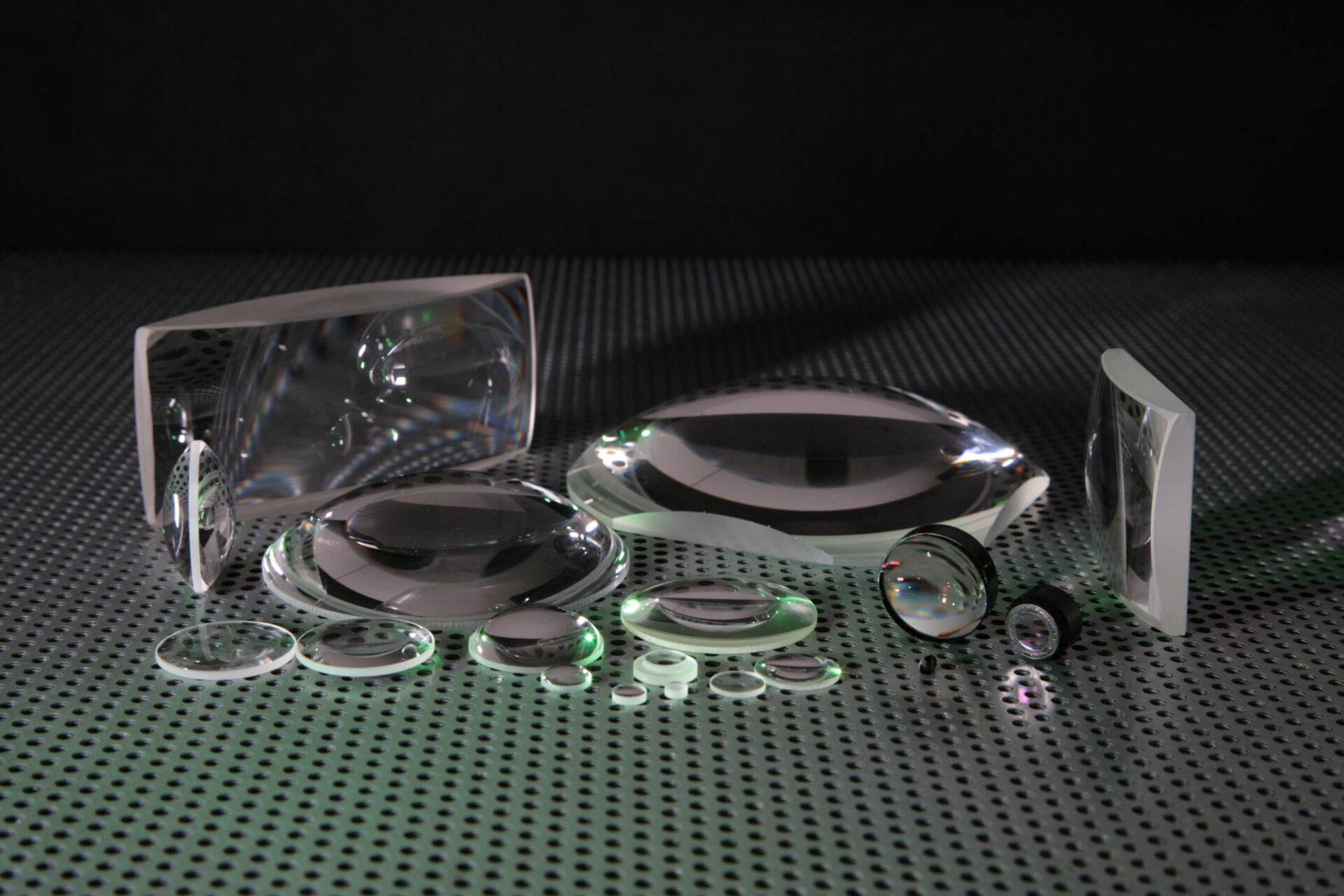On one level, optical lenses are relatively simple – they are optically transparent devices that either focus or diverge the light passing through them to create a specific outcome. Depending upon the nature of the outcome being sought, the optical lenses may consist of a single element or multiple elements working in unison.
In general, the most common optical lenses are either convex or concave. Convex lenses focus light passing through them to a point, while concave lenses cause any light passing through them to diverge.
At UQG, any specification of convex or concave lens can be produced according to the required transmission and material, for a specific focal length. Optical lenses can be used for a variety of applications in the science, medical, imaging, defence and industrial sectors.
How are optical lenses are used in precision applications?
- Optical lenses are used to focus light and images, produce magnification, correct optical aberrations, and for projection, mainly controlling the focus or divergence light used in instrumentation, microscopy, and laser applications.
- Lenses can be used for a variety of applications in the science, medical, imaging, defence and industrial sectors.
- They are used in astronomy and satellites need to provide a combination of extreme uniformity and the minimum variation of refractive index
- Optical lenses used in projectors need to be high performance components, offering high levels of transmittance with the absolute minimum of divergence and refraction.
- Optical lenses play a vital role in a wide range of optical instruments used across medicine, from imaging systems to sensors and lasers. Specific examples include microscopes, endoscopes and ophthalmic instruments.
In this article, we’ll be looking at how those optical lenses are used in a range of different sectors. The variety of sectors and industries which utilise optical lenses indicates how flexible and adaptable they are, here are a few examples.
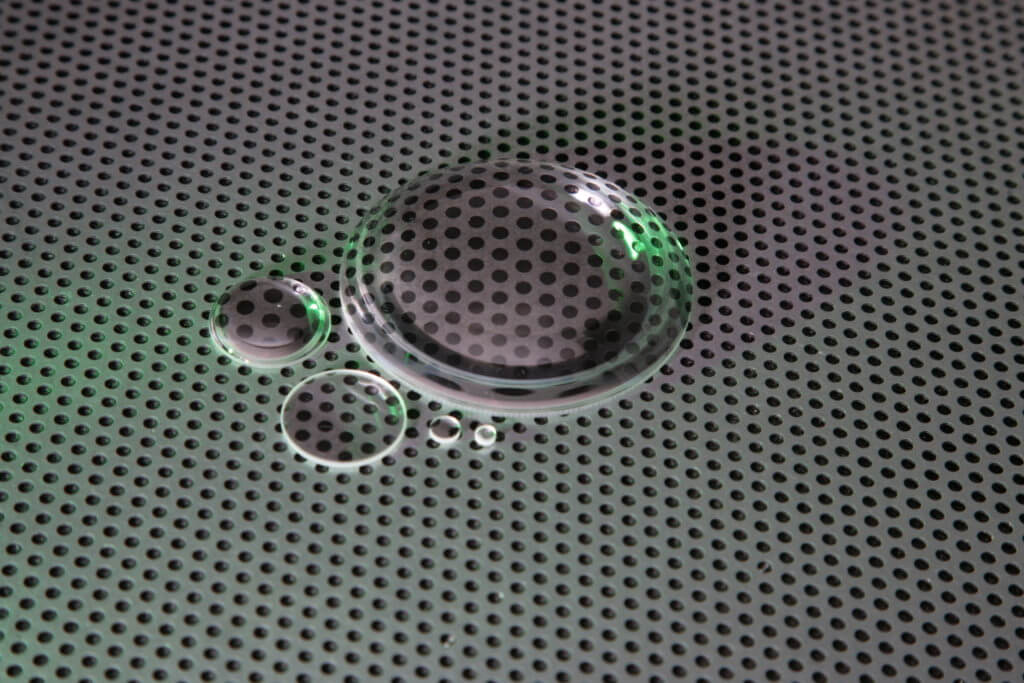
Astronomy and Satellites
The optical lenses used in astronomical and satellite-based applications need to provide a combination of extreme uniformity and the minimum variation of refractive index. The latest satellite systems make extensive use of imaging, communications, and remote sensing systems that are optically based, including earth to satellite and satellite to satellite communications.
Systems such as these make use of optical electrical components, including lasers, modulators, LEDs, and detection systems, all of which rely on high-precision optical lenses to operate over extreme distances and in sometimes hostile environments.
Projectors
The optical lenses used in projectors need to be high-performance components, offering high levels of transmittance with the absolute minimum of divergence and refraction. This is particularly true of projectors that provide ultra HD imagery on a large scale, which call for multiple optical lenses manufactured to the highest possible levels of quality and consistency.
Cameras and phones
Even the most basic smartphones on the market today come equipped with high-quality cameras. Often, these cameras are used as the main point of differentiation between one model or brand of smartphone and the next. The optical lenses used in phones of this kind needed to be small and lightweight without sacrificing anything in terms of quality.
In many cases, the optical lenses in question will be aspherical lenses, which have been precision moulded to reduce or eliminate imperfections such as field curvature and chromatic aberrations.
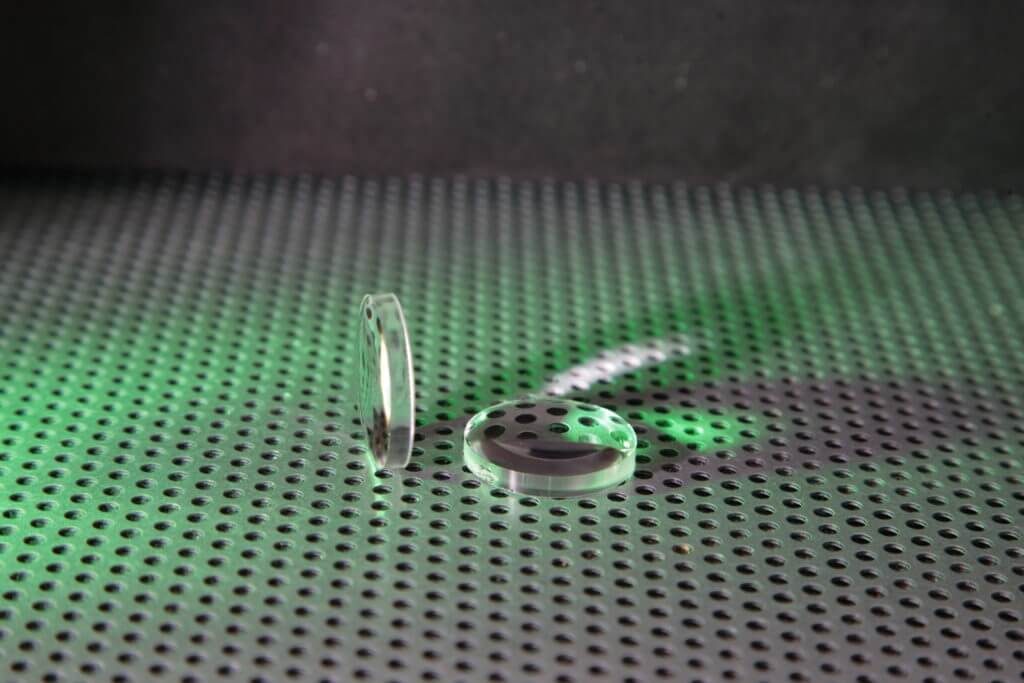
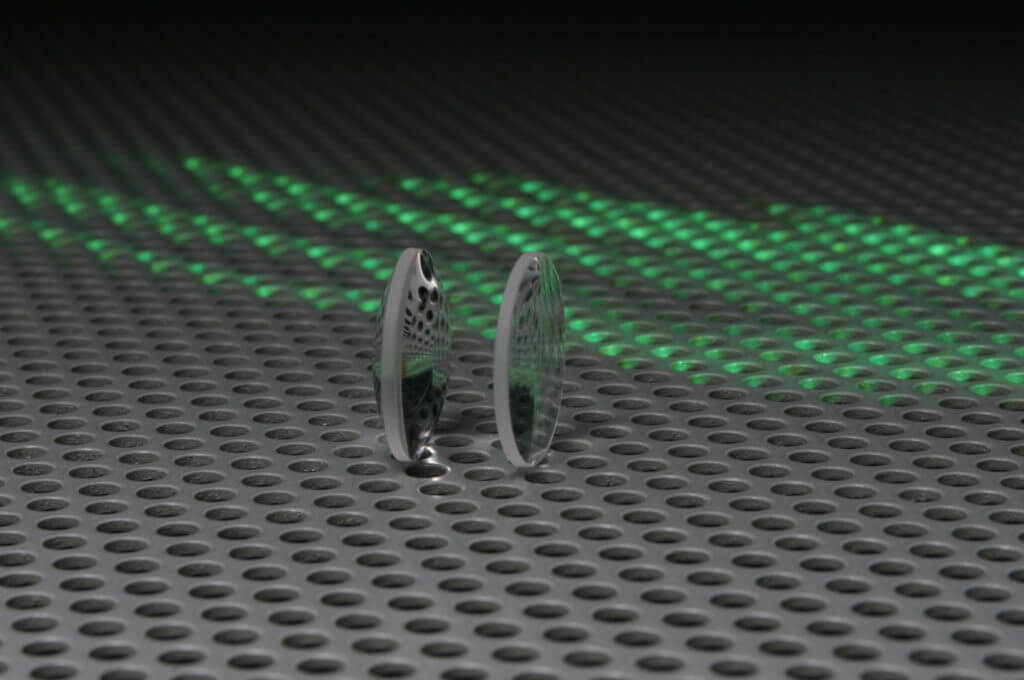
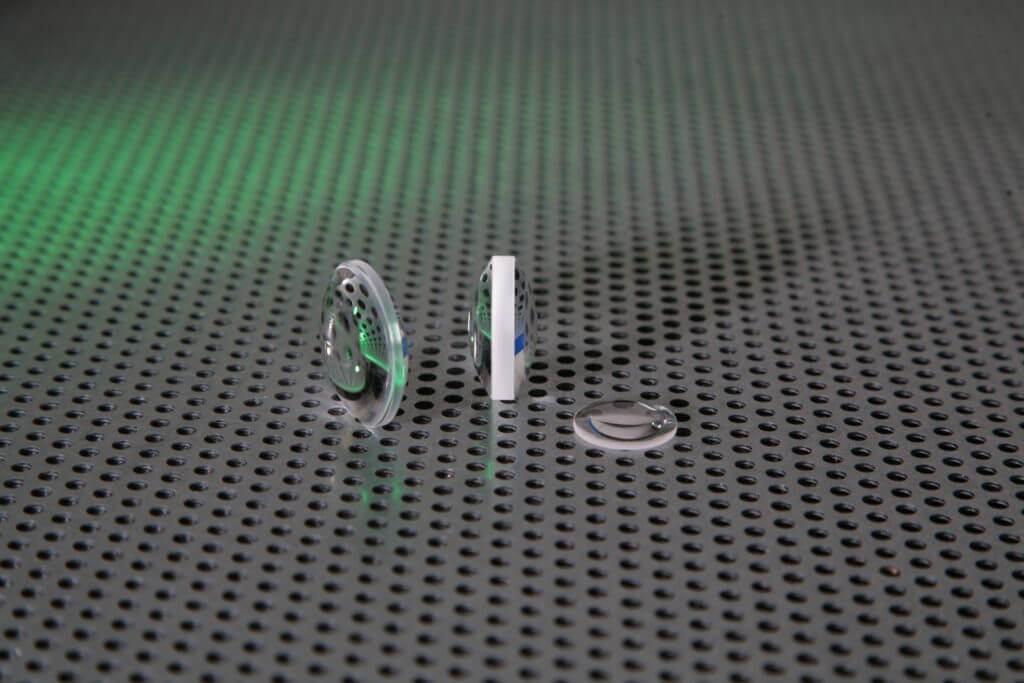
Biotechnology
The phrase “biotechnology” covers a range of different sectors all of that make use of equipment which relies upon highly accurate optical lenses. Bio-optics often refers to the use of equipment such as microscopes – including specialised multi-photon and confocal microscopes – which require high-precision optical lenses to be manufactured to extremely tight specifications.
The lenses have to be extremely small in order to be practically useful.
Bio-optical imaging of this kind is then often combined with other technologies in order to deliver solutions such as monitoring the quality of water being supplied to people’s houses, checking the safety of donated blood used in transfusions and helping to diagnose a range of cancers and other conditions.
Environmental Monitoring
The urgency of climate change as an issue has thrown shed a new light on the importance of environmental monitoring. Optical lenses can play a pivotal role in equipment designed to monitor and track environmental data in order to make it easier to measure and combat climate change. This includes equipment designed to measure the following:
- The intensity of sunlight
- The presence of contaminants such as aerosols, trace gases and particulates
- The presence and degree of air pollution
- The presence of pollutants in either liquid or solid form in bodies of water
- The emissions generated by specific facilities
- The presence of hazardous materials within an environment
Medicine
Optical lenses play a vital role in a wide range of optical instruments used across medicine, from imaging systems to sensors and lasers. Specific examples include microscopes, endoscopes and ophthalmic instruments. Across the range of equipment which utilise optical lenses, the demand is for high-precision solutions that can be tailored to specific uses and environments.
Optical lenses used in endoscopes, for example, need to not only relay highly accurate images to the physician using them, but also to be small enough to be practically useful and robust enough to cope with not only the function itself but also any high-intensity sterilisation procedures. Examples of systems or devices that make use of optical lenses for medical purposes include the following:
- Sensors attached to monitors
- Equipment such as laryngoscopes, endoscopes and laparoscopes etc.
- Optical systems used within surgery such as micro-cameras
- Medical lasers
- Fluorescence imaging systems
Stock and Custom Optical Components
We supply a range of Optical Lenses from stock made from materials including Fused Quartz, Fused Silica, Optical glasses, UV and IR crystals and plastic optically moulded to order. To find out more about lenses from UQG Optics, or any of our other optical products call us on 01223 420329 or email our sales team at info@uqgoptics.com




